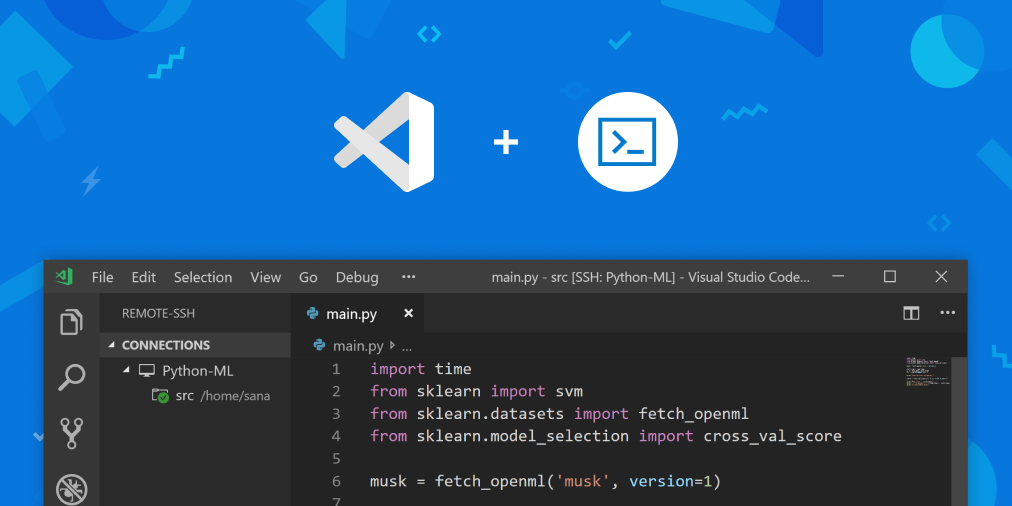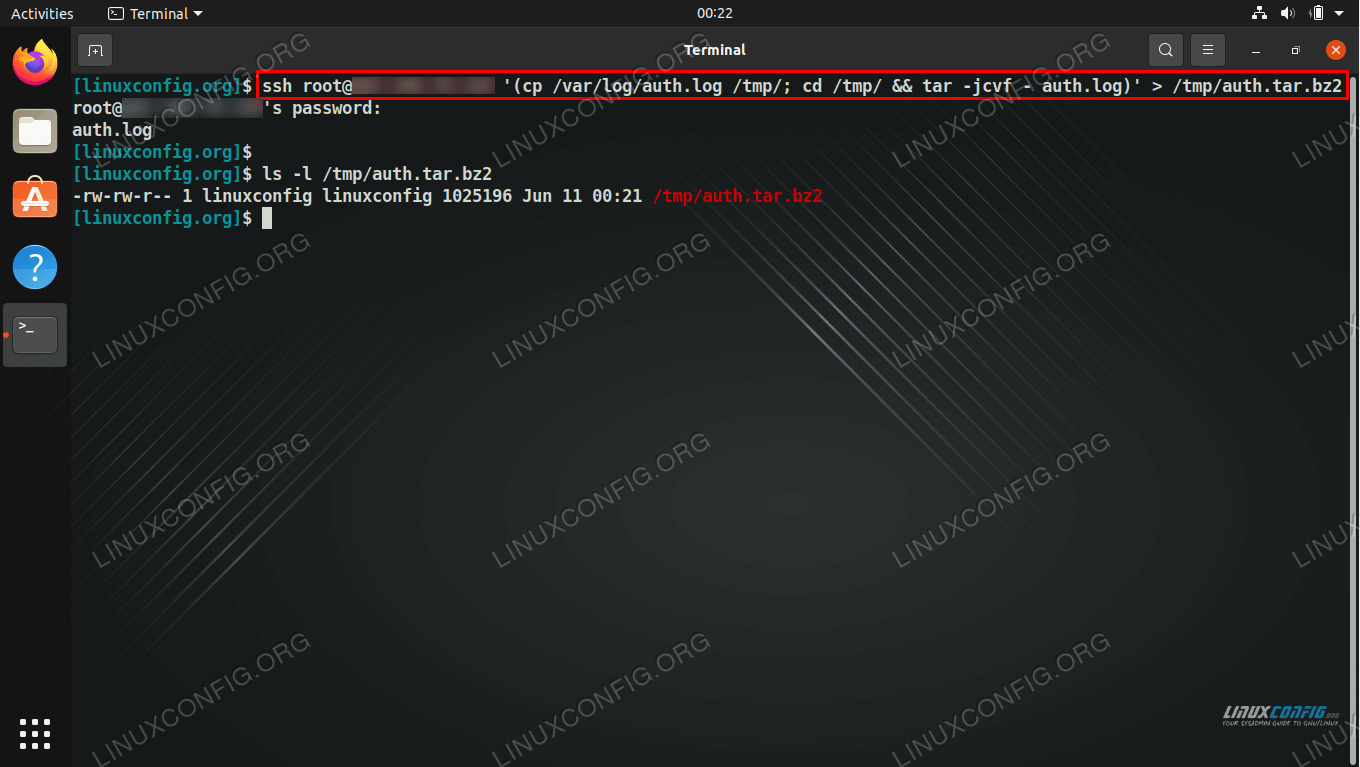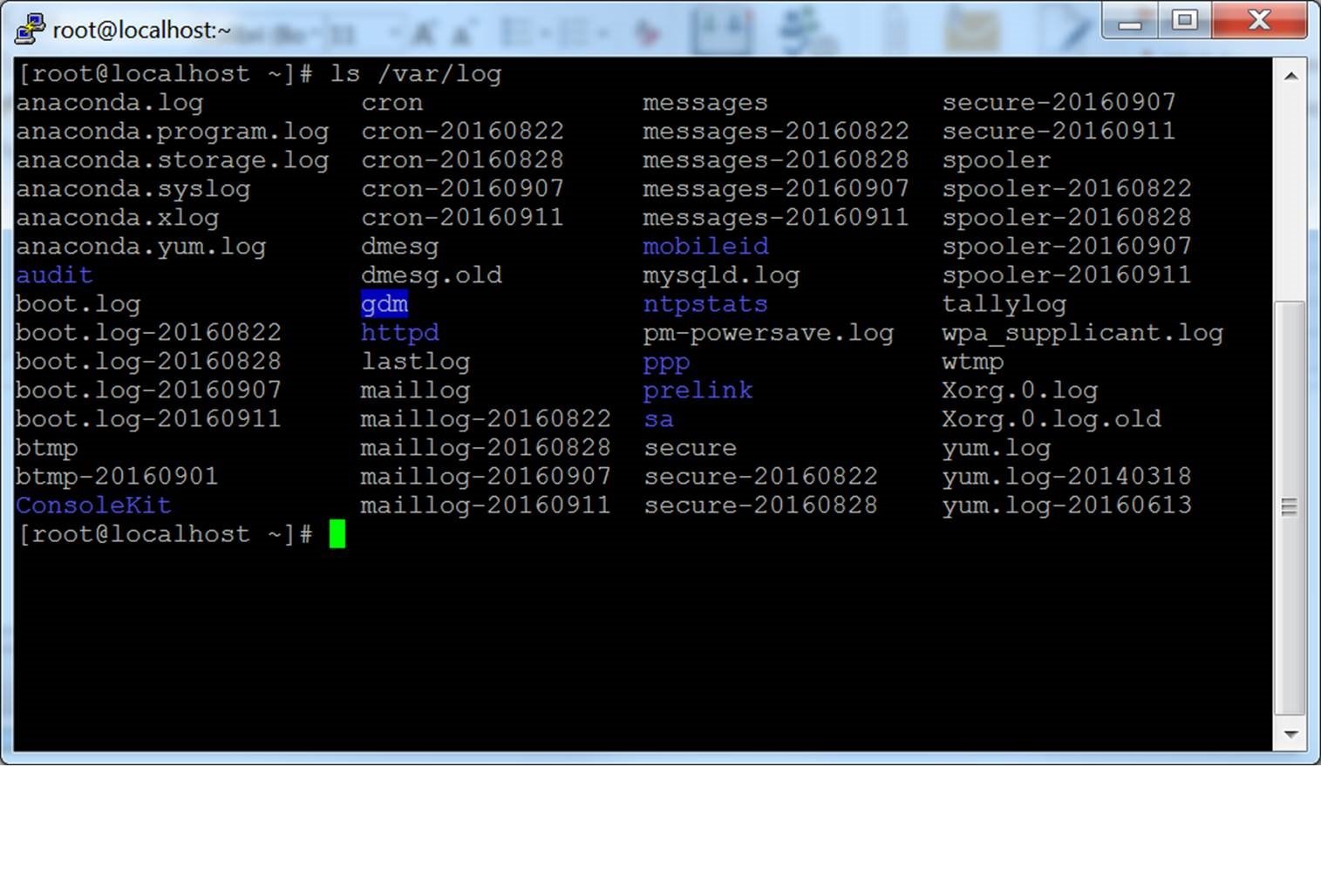In today's digital age, remotely accessing SSH via web has become an essential skill for IT professionals and tech enthusiasts alike. Secure Shell (SSH) provides a secure way to access remote servers, and integrating it with web-based tools opens up new possibilities for managing systems from anywhere in the world. This article will delve into the intricacies of remotely accessing SSH through web interfaces, ensuring you have all the knowledge you need to implement this powerful technique.
With the increasing demand for remote work and cloud-based solutions, understanding how to remotely access SSH via web is more important than ever. Whether you're a developer, system administrator, or simply someone interested in improving your technical skills, this guide will provide you with actionable insights and practical advice.
By the end of this article, you'll have a solid understanding of the tools, techniques, and best practices for setting up and using web-based SSH access. Let's dive in and explore the world of remote SSH access.
Read also:Naturegirlnat Nude A Comprehensive Exploration Of Artistic Expression And Controversy
Table of Contents
- Introduction to SSH
- Why Use Remote SSH via Web?
- Tools for Remotely Accessing SSH via Web
- Setting Up SSH Access via Web
- Security Best Practices for Remote SSH
- Troubleshooting Tips
- Use Cases for Remote SSH via Web
- Comparing SSH Tools
- The Future of Remote SSH Access
- Conclusion
Introduction to SSH
Secure Shell (SSH) is a cryptographic network protocol used for secure data communication, remote command execution, and file transfer between computers. It provides a secure channel over an unsecured network, ensuring confidentiality, integrity, and authentication. SSH is widely used by system administrators and developers to manage servers and network devices.
One of the key features of SSH is its ability to encrypt all data transmitted between the client and server, making it ideal for remote access. Understanding the basics of SSH is crucial before delving into web-based access methods.
Key Features of SSH:
- Data encryption for secure communication
- Authentication mechanisms to ensure secure access
- Support for multiple protocols and services
Why Use Remote SSH via Web?
Remotely accessing SSH via web offers several advantages over traditional SSH clients. It allows users to manage servers and systems from any device with a web browser, eliminating the need for specialized software. This flexibility is particularly beneficial for remote work and on-the-go management.
Benefits of Web-Based SSH Access
Here are some of the key benefits of using web-based SSH access:
- Device Independence: Access your servers from any device with a web browser.
- Enhanced Security: Modern web-based SSH tools offer advanced security features, such as two-factor authentication and encrypted connections.
- Convenience: No need to install additional software, making it easier for non-technical users to access SSH.
Tools for Remotely Accessing SSH via Web
Several tools and platforms are available for remotely accessing SSH via web. These tools vary in functionality and complexity, so it's important to choose the one that best fits your needs.
Read also:Alice Klomp Onlyfans A Comprehensive Guide To Her Career And Influence
Popular Web-Based SSH Tools
Below are some of the most popular tools for web-based SSH access:
- WebSSH: A lightweight tool that allows you to access SSH servers through a web browser.
- GateOne: A terminal emulator and SSH client that runs in the browser, offering advanced features like session recording.
- JumpServer: An open-source堡垒机that provides web-based SSH access with enhanced security features.
Setting Up SSH Access via Web
Setting up web-based SSH access involves several steps, including configuring your server, installing the necessary software, and securing the connection. Below is a step-by-step guide to help you get started.
Step-by-Step Guide
- Install an SSH Server: Ensure your server has an SSH server installed and configured.
- Choose a Web-Based SSH Tool: Select a tool that suits your requirements, such as WebSSH or GateOne.
- Configure the Tool: Follow the documentation to configure the tool for your specific environment.
- Secure the Connection: Implement security measures like SSL/TLS encryption and two-factor authentication.
Security Best Practices for Remote SSH
Security is paramount when remotely accessing SSH via web. Below are some best practices to ensure your connection remains secure:
- Use Strong Passwords: Avoid using weak or easily guessable passwords.
- Enable Two-Factor Authentication: Add an extra layer of security by requiring a second form of verification.
- Limit Access: Restrict SSH access to specific IP addresses or networks.
Troubleshooting Tips
Even with proper setup, issues can arise when remotely accessing SSH via web. Here are some common problems and their solutions:
Common Issues and Solutions
- Connection Errors: Check your server's firewall settings and ensure the SSH port is open.
- Authentication Failures: Verify your credentials and ensure your SSH keys are correctly configured.
- Performance Issues: Optimize your server's resources and consider using compression for faster connections.
Use Cases for Remote SSH via Web
Web-based SSH access has numerous applications across various industries. Below are some common use cases:
- Remote Server Management: Manage servers and systems from anywhere in the world.
- Cloud Computing: Access cloud-based servers and resources for development and testing.
- Collaboration: Allow team members to collaborate on projects by providing secure SSH access.
Comparing SSH Tools
Choosing the right SSH tool depends on your specific needs and preferences. Below is a comparison of some popular SSH tools:
| Tool | Features | Pros | Cons |
|---|---|---|---|
| WebSSH | Simple web-based SSH access | Easy to set up | Limited functionality |
| GateOne | Advanced terminal emulation | Feature-rich | Complex setup |
| JumpServer | Enhanced security features | Open-source | Resource-intensive |
The Future of Remote SSH Access
As technology continues to evolve, so does the landscape of remote SSH access. Emerging trends, such as cloud-based solutions and AI-driven security, are shaping the future of this field. Staying informed about these developments will help you make the most of web-based SSH access.
Conclusion
Remotely accessing SSH via web is a powerful tool for managing servers and systems from anywhere in the world. By understanding the basics of SSH, choosing the right tools, and implementing security best practices, you can harness the full potential of this technology. We encourage you to try out the methods discussed in this article and share your experiences in the comments below.
Don't forget to explore other articles on our site for more insights into the world of technology and IT. Thank you for reading, and happy coding!


